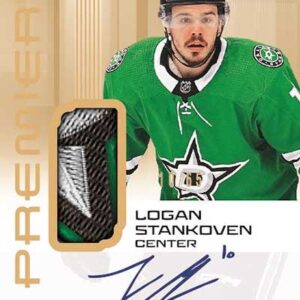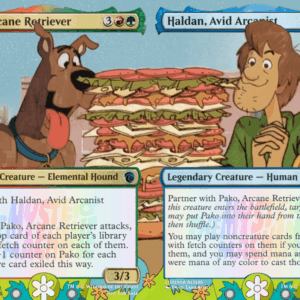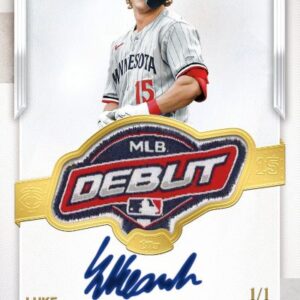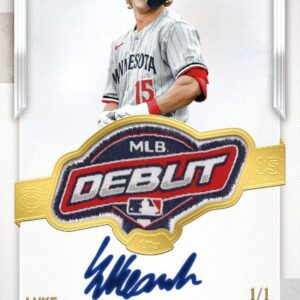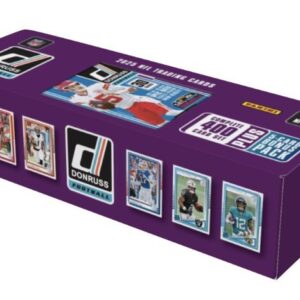Picture this: you’ve finally tracked down that elusive Black Lotus or a shimmering foil Jace, and you’re basking in the glow of adding yet another jewel to your collection. Yet, lurking beneath the thrill is a sneaky adversary—counterfeit Magic: The Gathering cards. Like a cunning rogue in a dimly-lit tavern, fake cards have improved over the years, becoming harder to spot with the naked eye. But fear not, fellow planeswalkers. With a sharp eye and a few tricks up your spellbook sleeve, you can thwart these deceptive doppelgängers before they sneak into your deck box.
Step one in the art of detection requires you to trust your senses. Authentic Magic cards have a unique texture—like a matte canvas that whispers tales of wizardry and mana. If the card feels more like an oily diner menu than a treasure from Dominaria, it’s time for a closer inspection. Engage in a tactile tango with a land card from the same set to discern truth from imitation.
Once your fingers have done their due diligence, it’s time to turn to the light. Hold your card up as if unveiling a new spell to your burgeoning army. Genuine Magic cards possess a characteristic blue core nestled between their paper layers, reminiscent of a soft, cool twilight filtering through. Counterfeits, however, may prove as frustrating as a fog spell, either impenetrable to light or excessively bright and washed out, revealing the imitations beneath their glossy veneer.
Now, let’s delve into the world of optics. Consider investing in a 30x magnification jeweler’s loupe—an affordable, compact powerhouse that can add clarity to your quest for truth. Under this potent lens, the devil, as they say, is in the details.
Begin your microscopic dissection with the rosette pattern. Real Magic cards adorn their art and text boxes with a symphony of tiny, round dots that harmonize into floral-like rosette shapes. If your loupe’s gaze returns a gnarly grid of blurry dots or a pixelated mess, sound the alarm.
Next, it’s time for the solid black test. Gaze upon the crisp, confident lines of the black ink employed for names, mana symbols, and card text. Authentic cards boast a bold, solid ink layer, while counterfeits resort to a muddled mosaic of colored dots, betraying their inferiority under magnification.
As with any magical endeavor, there’s always a red dot labyrinth to navigate. On the back of every Magic card resides a green mana symbol—guard it well. Inspect the yellow-green border closely, searching for a red dot pattern forming an inconspicuous, upside-down “L.” Found it missing or misaligned? Your card just might be a cheap illusion.
Counterfeit cards have been adapting, evolving their trickery in response to Wizards of the Coast’s innovations. Since Magic 2015, the best detective clue remains the holofoil stamp on rares and mythics. A legitimate hologram stamp sits flush against the card; its microtext—a dizzying array of planeswalker symbols and mana icons—dances as a testament to its authenticity. Counterfeit stamps, like shoddy theater props, lack this finesse, often appearing grainy, raised, or questionably applied.
A word of caution, intrepid collector: resist the urge to obliterate your potential dud with the brute tests of yore, such as attempting to tear or bend the card. You’re more likely to commit cardboard homicide on the genuine article than catch a clever counterfeit. What’s more, modern fakes have learned these tricks and adapted, rendering these methods outdated.
As you embark on your card verification journey, remember Sherlock’s timeless wisdom: don’t put all your eggs in one basket of deduction. Employ a tapestry of tests, stacking the evidence into an unassailable fortress of fact. Like mastering a new deck, detecting a fake requires practice and patience. But with time, your collection shall remain pristine, and you’ll stand firm against the shadowy world of card forgery.
Ultimately, understanding how to identify counterfeit Magic cards not only shields your deck from the taint of fakes but also exercises your skills as a discerning collector. Embolden yourself with knowledge, keep your trade honest, and, above all, preserve the sanctity of the multiverse.


